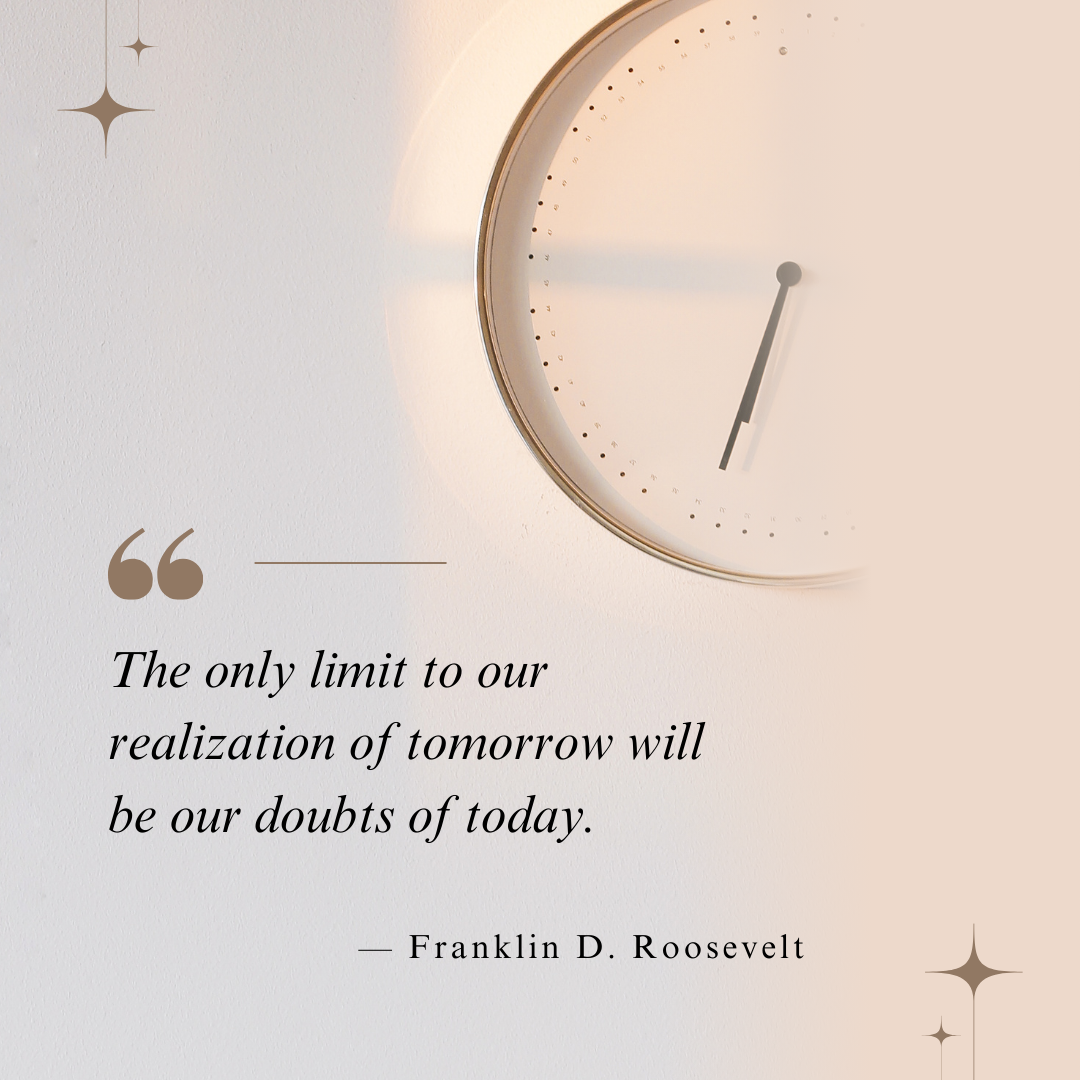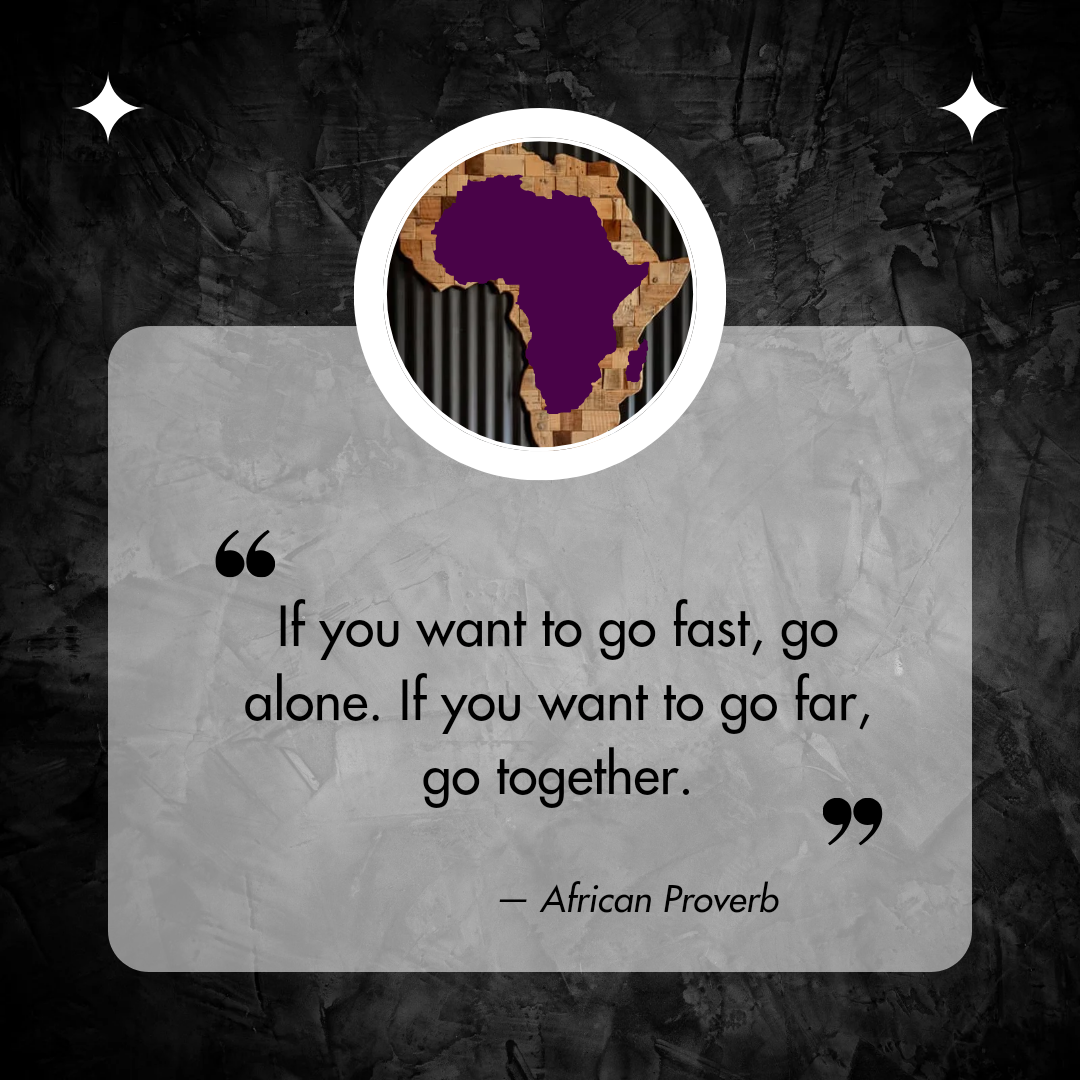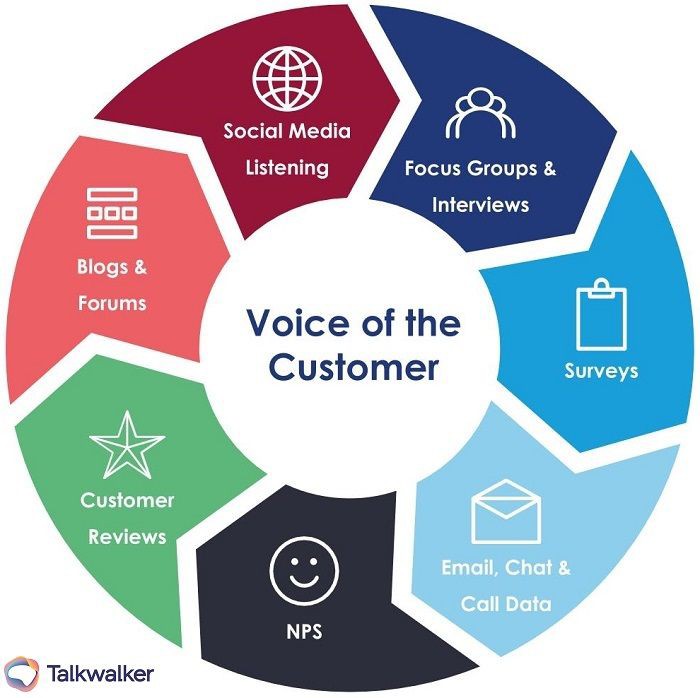you’ve probably heard the phrase, “Every brand has a story.” But what does that really mean, and how can you use storytelling to build a brand that captivates your audience? In today’s digital world, where attention spans are short and competition is fierce, telling your brand’s story effectively can make all the difference.
I’m here to guide you through the art of storytelling in digital spaces how to craft a narrative that not only captures attention but also builds a lasting connection with your audience.

Why Storytelling Matters in Branding
At its core, storytelling is about sharing experiences, values, and emotions that resonate with your audience. It’s not just about what you sell, but why you sell it, and how it can impact your customers’ lives. A well-told story can humanize your brand, making it more relatable and memorable.
Key Benefits of Storytelling in Branding:
- Creates Emotional Connections: People remember stories, not statistics. By weaving your brand’s mission and values into a narrative, you create an emotional bond with your audience.
- Differentiates Your Brand: In a crowded market, a compelling story sets you apart. It shows what makes your brand unique and why customers should choose you over competitors.
- Builds Brand Loyalty: A great story keeps people coming back. When customers connect with your brand on a deeper level, they’re more likely to stay loyal and even advocate for your business.
The Elements of a Captivating Brand Story
Crafting a powerful brand story isn’t just about stringing together words—it’s about combining key elements that speak directly to your audience. Let’s break down these elements:
1. The Hero: Your Customer
In every great story, there’s a hero who overcomes challenges and emerges victorious. In your brand’s story, that hero should be your customer. Position your audience as the main character, and your brand as the guide that helps them solve a problem or achieve a goal.
- Why it matters: Focusing on your customer’s journey makes your story relatable and customer-centric.
- Benefit: This approach creates a sense of empowerment, making customers feel understood and valued.
2. The Conflict: The Problem You Solve
Every story needs a conflict—something that challenges the hero. For your brand, this is the problem or pain point your product or service addresses. Highlighting this conflict shows your audience why your brand exists and why it matters.
- Why it matters: Clearly defining the problem helps customers see the value in what you offer.
- Benefit: It drives home the idea that your brand is essential in overcoming their challenges.
3. The Resolution: Your Unique Solution
Once the conflict is established, the resolution is where your brand comes in. This is where you introduce your product or service as the solution to your customer’s problem. Focus on what makes your solution unique and how it benefits the customer.
- Why it matters: Offering a clear resolution ties your story together and reinforces your brand’s value proposition.
- Benefit: It positions your brand as the hero’s (customer’s) trusted partner in their journey.
4. The Emotion: The Heart of Your Story
Facts and features are important, but emotions are what really drive decisions. Your brand story should evoke emotions that align with your brand’s values—whether that’s hope, excitement, trust, or empowerment.
- Why it matters: Emotional storytelling creates a deeper connection with your audience.
- Benefit: It makes your brand more memorable and relatable, increasing the likelihood of conversion and loyalty.
5. The Message: What You Stand For
Finally, every great story has a message—a takeaway that leaves a lasting impression. Your brand’s message should encapsulate your mission, values, and what you stand for as a company. It’s the essence of your brand that you want people to remember.
- Why it matters: A strong message resonates with your audience and stays with them long after they’ve interacted with your brand.
- Benefit: It reinforces your brand identity and helps build a loyal community around your business.

Telling Your Brand Story in Digital Spaces
Now that you know the elements of a great brand story, how do you tell it effectively online? The digital landscape offers a variety of platforms and formats to bring your story to life. Here’s how you can do it:
1. Website: Your Story’s Home Base
Your website is the perfect place to tell your brand story in full. Use your “About Us” page to share your journey, mission, and the values that drive your business. Incorporate storytelling into product descriptions, customer testimonials, and blog posts to create a cohesive narrative.
2. Social Media: Bite-Sized Storytelling
Social media is where you can share snippets of your brand story in engaging, bite-sized pieces. Use platforms like Instagram, Facebook, and Twitter to post behind-the-scenes content, customer success stories, and updates that reflect your brand’s personality.
3. Content Marketing: Storytelling Through Value
Blog posts, videos, and infographics are powerful tools for content marketing. By providing valuable information that ties back to your brand story, you can educate and engage your audience while reinforcing your brand’s narrative.
4. Email Marketing: Personalized Storytelling
Email marketing allows for more personalized storytelling. Use email campaigns to share your brand’s milestones, customer stories, and exclusive content that keeps your subscribers connected to your brand.
5. Video: Bringing Your Story to Life
Video is one of the most engaging formats for storytelling. Whether it’s a brand video, customer testimonials, or product demos, videos can convey your brand’s story in a dynamic and visually compelling way.
Conclusion: Your Brand Story Is Your Greatest Asset
In today’s digital world, storytelling isn’t just a nice-to-have—it’s a must-have. A well-crafted brand story captivates your audience, sets you apart from the competition, and builds a loyal customer base. By focusing on the hero (your customer), the conflict (the problem), the resolution (your solution), and the emotion (the heart), you can create a narrative that resonates with your audience.
Remember, your brand story isn’t just about selling—it’s about connecting. And in a marketplace that’s more crowded than ever, that connection is what will make your brand truly stand out. So, are you ready to start telling your brand’s story? Let’s captivate your audience and build a brand they won’t forget!







